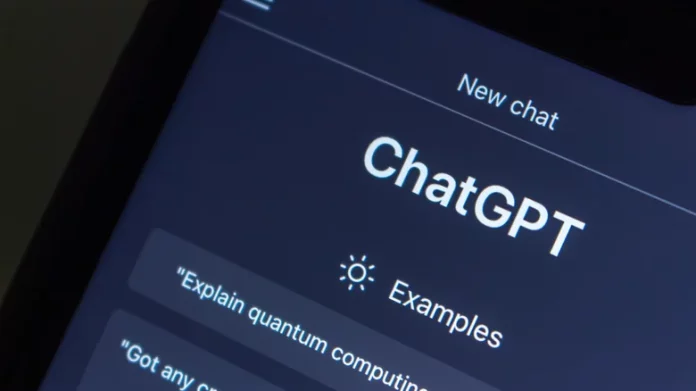ChatGPT has quickly become one of the most transformative digital tools of our time, changing how we work, learn, and communicate. While most people use it to find information, draft emails, or create social media posts, few realize how much more powerful it can be with the right approach. If you’ve ever received vague or repetitive responses, the problem isn’t the AI — it’s the way the prompt is written.
The good news: with a few simple tweaks, you can turn ChatGPT into a precise, creative, and reliable assistant. Here are five prompt tricks that will drastically improve the quality of the answers you get.
1. Provide Context
One of the main reasons ChatGPT gives weak answers is because it lacks context. Think of it as an intelligent assistant who can do almost anything — as long as you clearly explain your goal, audience, and tone. Without context, you’ll get generic writing that sounds polished but lacks substance.
For example, instead of asking:
- “Write an email to a prospective client about my social media business,”
- try:
- “I’m onboarding a new client for my social media business. It’s a fashion brand, so write a short, engaging
email with creative ideas I can offer and why they should pick me as their manager.” - By identifying the purpose and audience, the AI tailors its tone and content to fit your scenario, saving you
significant editing time.
2. Use Role-Playing Prompts
Role-playing is one of the easiest ways to elevate ChatGPT’s responses. When you tell it to “act as” someone specific, it adopts the knowledge, vocabulary, and tone of that role.
Compare these two prompts:
- “Give me an SEO strategy for my small business.”
- “You’re a seasoned digital marketer. Explain SEO to a small business owner who’s new to online marketing using
clear, practical advice.”
The second version produces a far more natural and useful answer. You can apply this trick to many contexts:
- “Act as a friendly tutor and explain how climate change affects ocean currents.”
- “Pretend you’re a wellness coach and create a short daily self-care plan.”
Each role helps ChatGPT focus and respond more like a real domain expert.
3. Ask for Credible Sources
AI can produce confident but inaccurate statements, so you should verify its claims — especially when dealing with research or factual topics. A simple fix is to ask for credible sources.
Instead of:
- “What are the benefits of meditation?”
Try:
- “List three scientifically proven benefits of meditation, with credible sources or studies to support them.”
You’ll receive better-grounded information and often see references to real research. For more rigorous results, you can refine your prompt to say:
- “Include three peer-reviewed studies published after 2020 that explore meditation’s impact on mental health.”
Always double-check the references, but making this request upfront saves time and improves accuracy.
4. Specify What Not to Do
Just as context helps ChatGPT know what to include, it’s equally effective to say what to avoid. Defining boundaries prevents generic phrasing, clichés, and unwanted tones.
For instance:
- “Write an Instagram post about solo travel, but avoid clichés like ‘find yourself,’ ‘wanderlust,’ or ‘journey of
self-discovery.’ Make it practical and personal.”
This single adjustment pushes ChatGPT to produce more original, grounded ideas. You can also guide tone and structure with cues like:
- “Use a formal tone and keep it under 100 words.”
Setting such limits upfront saves you time revising.
5. Refine the Results
Even with perfect prompts, your first answer is rarely the best. The secret lies in refining — giving feedback and iterating.
Say you start with:
- “Give me ideas for an office Christmas party.”
If the ideas feel generic, follow up with:
- “Make them more modern and appealing to employees in their twenties.”
Then narrow it again:
- “Base the theme on a recent popular movie.”
Each round makes ChatGPT’s output smarter and more aligned with your needs. You can also refine tone and clarity:
- “Rewrite this to sound warmer and more empathetic,” or “Condense this to 100 words while keeping the main
points.”
This iterative process teaches ChatGPT your preferences and leads to sharp, high-quality responses.
The Bottom Line
ChatGPT is only as good as your prompts. With clear context, role-playing, source requests, boundaries, and refinement, you can transform it from a simple text generator into a reliable thinking partner. Once you learn how to communicate effectively with the AI, the difference in results is remarkable.





